Glenn Hammond Curtiss was born on May 21, 1878, in Hammondsport, New York. He became interested in bicycles as a young man and was a champion racer, riding bikes he had designed and built.
Curtiss soon added engines to his machines, and by 1902 was manufacturing his own “Hercules” motorcycles. On January 23, 1907, Curtiss drove one of his motorcycles in Ormond Beach, Florida and reached a speed of 136.3 mph. He was given the title “Fastest man on Earth.”
Curtiss’s leap from motorcycles to aviation began in 1904 when a balloonist ordered one of Curtiss’ motorcycle engines to power his balloon. The California Arrow was the first successful American dirigible.
As his interest in flight continued to grow, Curtiss joined the Aerial Experiment Association (AEA) in 1907. The following year, the group’s plane, Red Wing, made its first public flight. It took off from a frozen lake and flew for 20 seconds. Two months later, its successor, the White Wing flew over 1,000 feet with Curtiss at the controls.
Using the knowledge learned through the AEA, Curtiss then built the June Bug and entered in a contest sponsored by Scientific American. He won with a flight of over 5,000 feet. The designer and pilot’s success continued as he established a new world distance record and won a French speed race. In 1910, his Hudson Flyer traveled from Albany, New York, to New York City, earning him $10,000 and national fame.
The pioneer next set his sights on naval aviation. He designed seaplanes that could take off and land on the water and from Navy cruisers. This accomplishment earned Curtiss the title of “Father of American Naval Aviation.” In 1912, Curtiss made a significant change to the designs of his planes. Until this time, the propellers were in the back of his machines. After visiting the Sopwith factory in England, Curtiss experimented with moving the propellers to the front. In 1915, he was awarded the first contract to build US Navy planes. Believing in the future of flight, he sought to design an airplane that could be mass-produced. The result was his eight-cylinder OX-5 engine combined with features from a British aircraft designer. Designated the JN-4, it became affectionately known as the “Jenny.” Created at the onset of World War I, the Jenny played a major role in the fighting – the only American mass-produced aircraft to do so. During the war years, Curtiss manufactured more than 6,400 units for the US Army Air Corps and US Navy (at $5,000 each) as well as over 2,000 units for other Allied governments, including Great Britain and Russia.
Because of the quantities produced, 95% of all American and Canadian WWI pilots earned their wings in a Jenny. Hundreds were sold as surplus after the armistice. Barnstormers quickly combed the country performing daring feats, thereby introducing ordinary Americans to the thrills of aviation. Many more became familiar with aviation when the US Post Office issued the 24¢ Jenny stamp to inaugurate the world’s first regularly scheduled transportation of mail by air.
The capability of Curtiss’s planes was tested in 1919. On May 8, three US Navy Curtiss NC-4 Flying Boats began a trip across the Atlantic Ocean. Two of them were not able to complete the trip, but on May 27 the third flying boat made a successful landing in Lisbon, Portugal. Over the course of two short decades, Curtiss helped aviation go from its first faltering flights of a few hundred feet to a trip across the ocean. He paved the way for innovators who followed in his footsteps. Curtiss died on July 23, 1930, from complications from an appendectomy.
Click here for more airmail stamps.
FREE printable This Day in History album pages |
Discover what else happened on This Day in History.


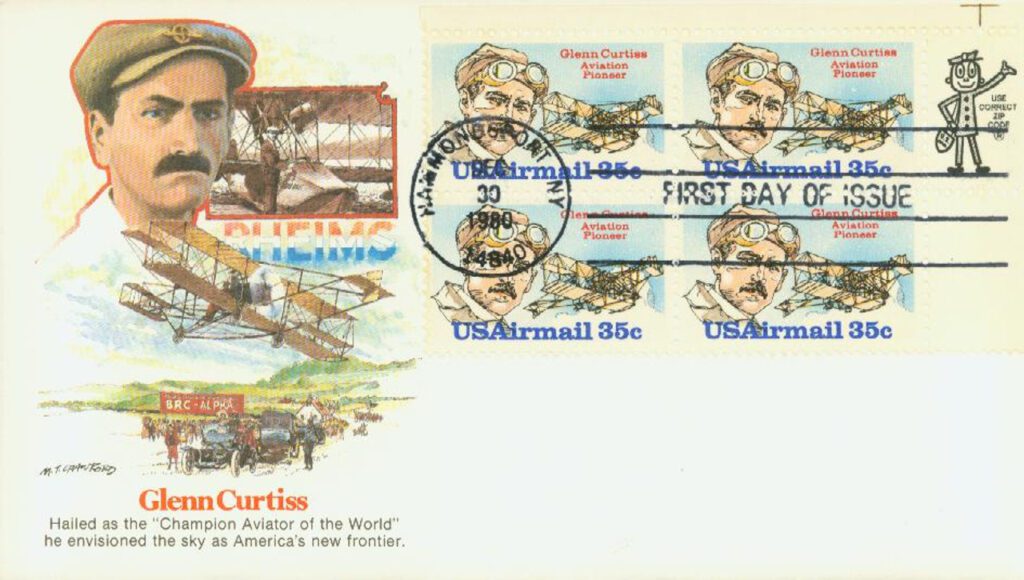
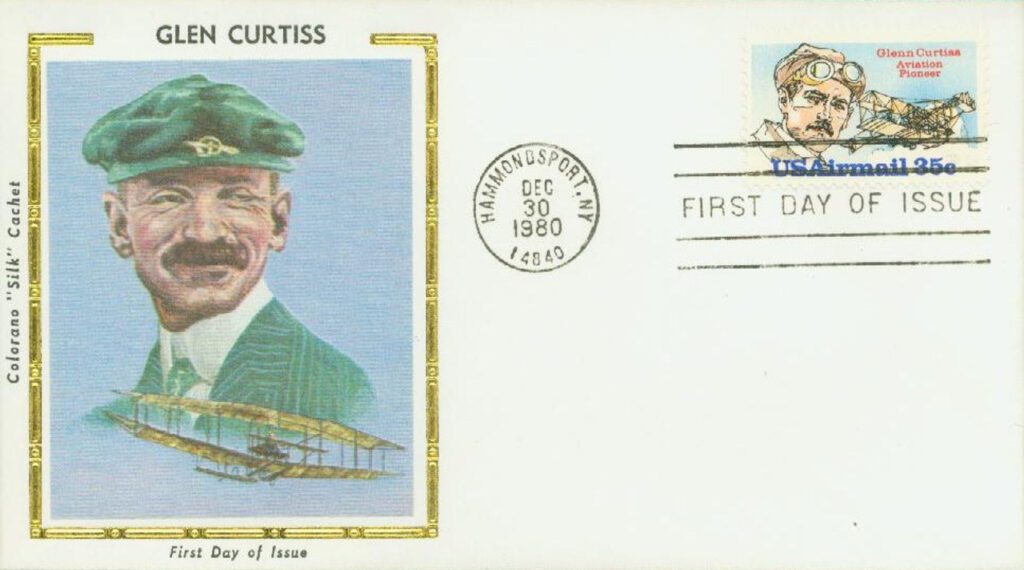

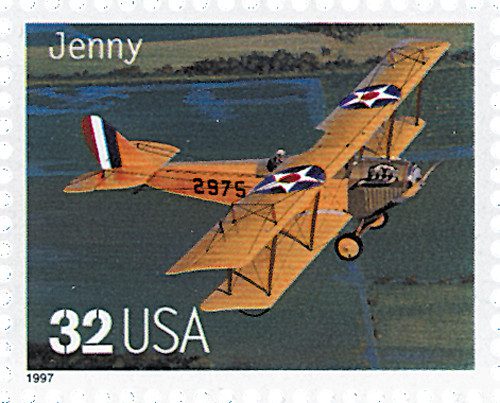
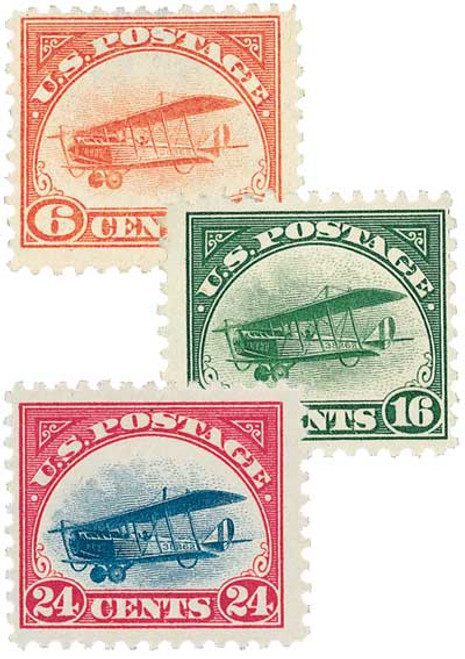
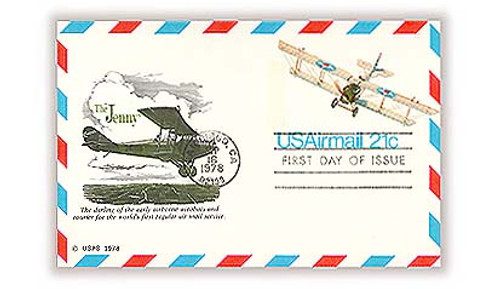

Before today I never heard of Glenn Curtis